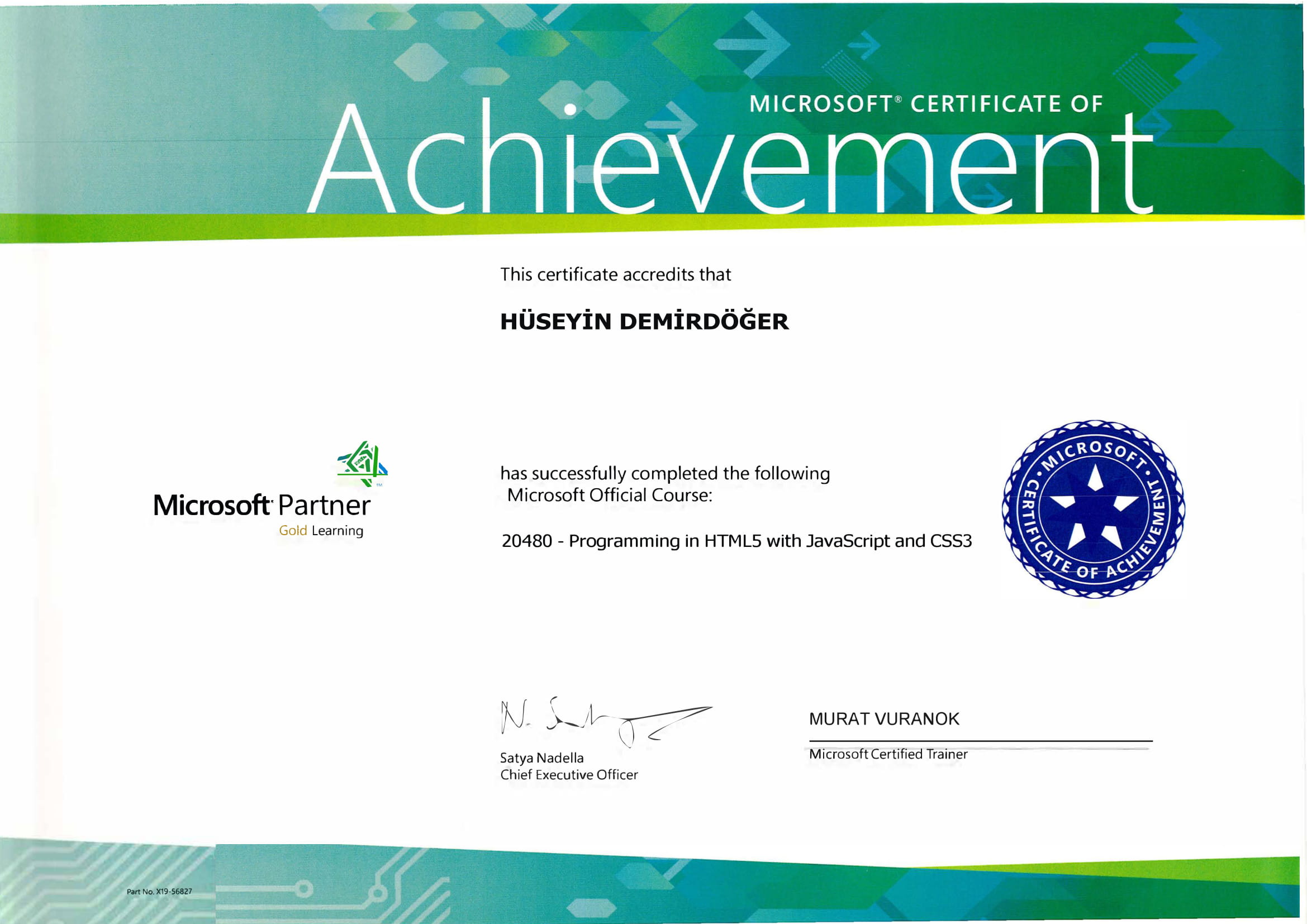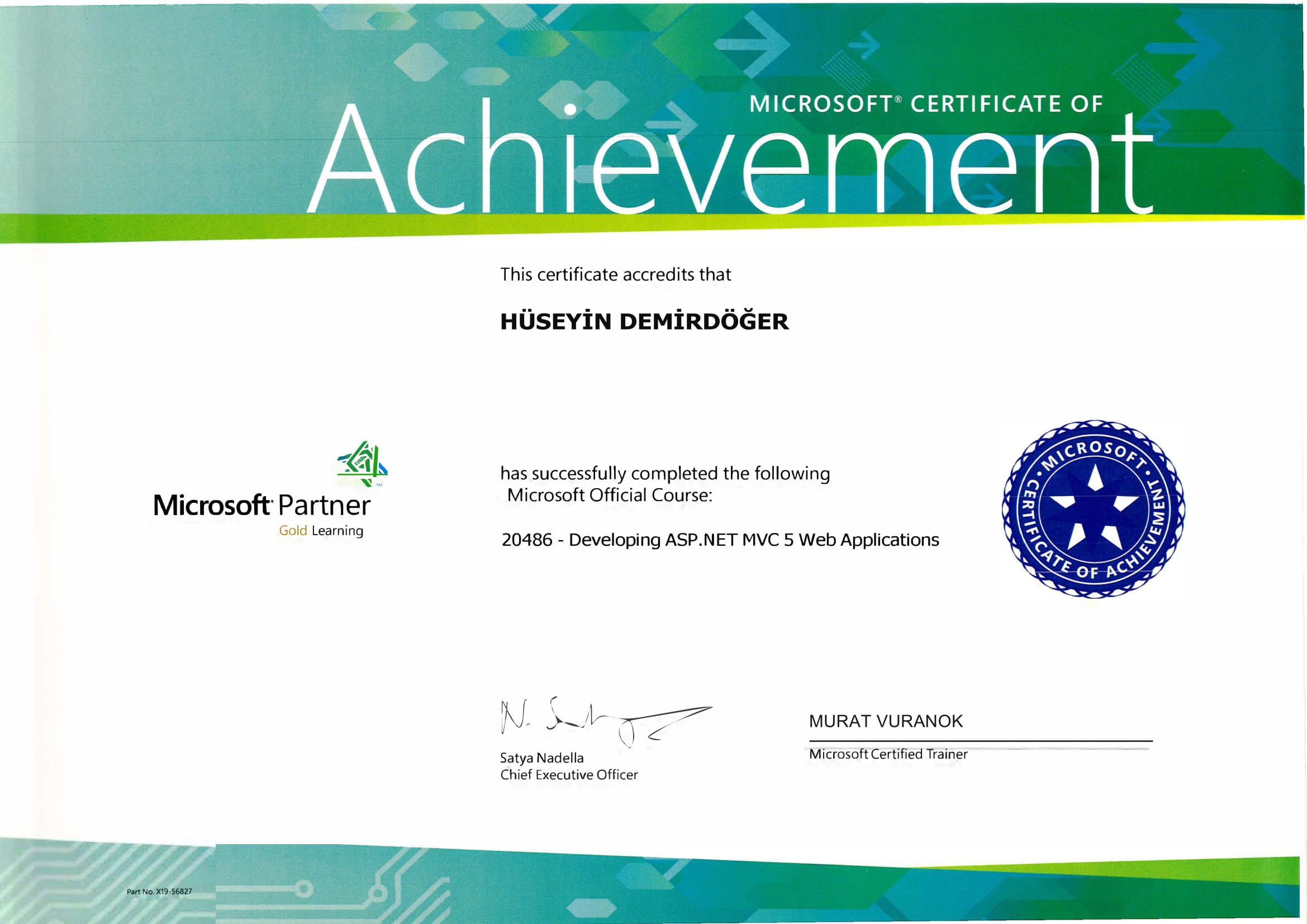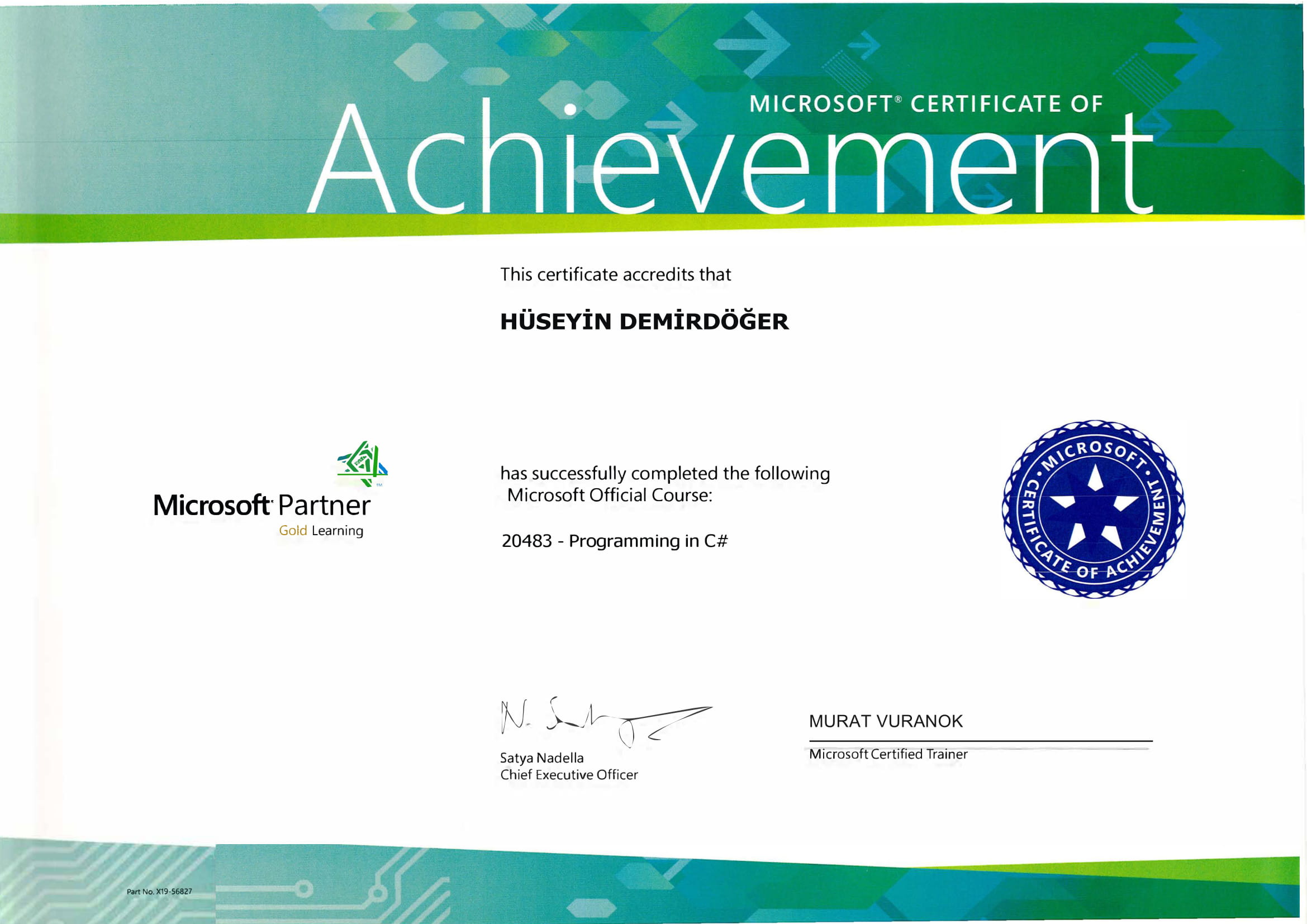Navigating the world of Windows error codes can be quite daunting, especially when a mysterious number like 0x8007001F pops up and disrupts your day. This error primarily arises during Windows updates, often linked to audio driver issues or system installation problems. The frustration it brings is real, but don't worry—I’m here to help guide you through some practical solutions to fix this pesky problem.
Understanding Error Code 0x8007001F
So what exactly is the problem with 0x8007001F? In many cases, this error is related to faulty audio drivers, but it can also point to more general Windows update failures. It's quite like the sneaky cousin of error codes like 0x8007001E which also involves installation errors. Trouble with audio drivers can interrupt the update process, leading to a system stalemate. It's kind of like having a missing puzzle piece and not being able to complete the picture.
Step-by-Step Guide to Fix 0x8007001F
Here’s how you can tackle this issue:
1. Update Your Drivers:
- Check for Audio Driver Updates: Navigate to Device Manager and expand the 'Sound, video and game controllers' section. Select your audio driver, and choose 'Update driver'. If you’re like me, you'll find this step surprisingly therapeutic.
2. Use the Windows Update Troubleshooter:
- Windows Built-in Tool: This is your first go-to option. Simply type "troubleshoot" in the Windows search bar and select 'Windows Update'. Run the troubleshooter and follow its suggestions. In a significant number of cases, this has been known to clear up issues with update files.
3. Reset the Windows Update Components:
- Manual Reset: If automated solutions don’t help, manually resetting the update components might do the trick. You can find detailed steps on manually resetting components by checking guides for other errors like 0x80070002.
4. Perform a Clean Boot:
- Eliminate Conflicts: Doing a clean boot can help identify if startup programs are causing conflicts. This method is similar to approaches used for network-related errors like 0x8007003b and might just be the nudge your system needs.
5. Seek Out Missing Windows Files:
- System File Checker (SFC): Running SFC is crucial if you suspect file corruption. A similar technique is useful for systems struggling with errors like 0x80070005, where corrupted files may be a root cause.
Additional Resources
While I hope the steps above solve your issue, sometimes the problem might be more deeply rooted. According to Microsoft's own support community, a similar error, 0x80070002, often involves deeper system configuration issues that go beyond a simple fix. Moreover, if your updates still refuse to cooperate, professional support might be warranted. Engaging with industry-specific forums like Tom's Hardware can provide insights from fellow users who've walked down this murky update path before.
Wrapping It Up
In the end, tackling error code 0x8007001F is about persistence and leverage. By methodically approaching these fixes, you'll enhance your system's health and regain control over your Windows experience. What do you think—are error codes like these easier to handle with a straightforward plan, or do you find they’re just a part of digital life?
I’d love to hear your experiences or any other tips you might have. Feel free to share, as your insights can make a difference for both beginners and tech enthusiasts alike!


















